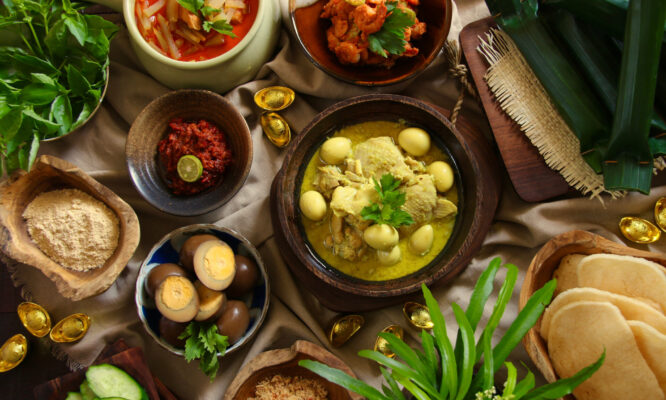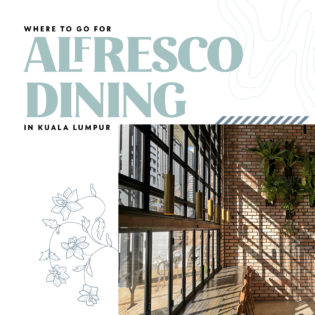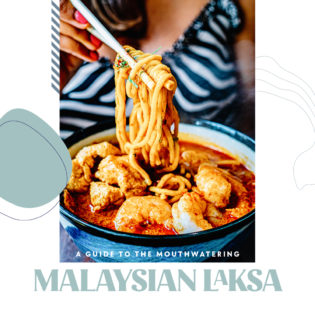A taste of Beijing’s street food will transport you through the capital’s diverse neighbourhoods and into its past
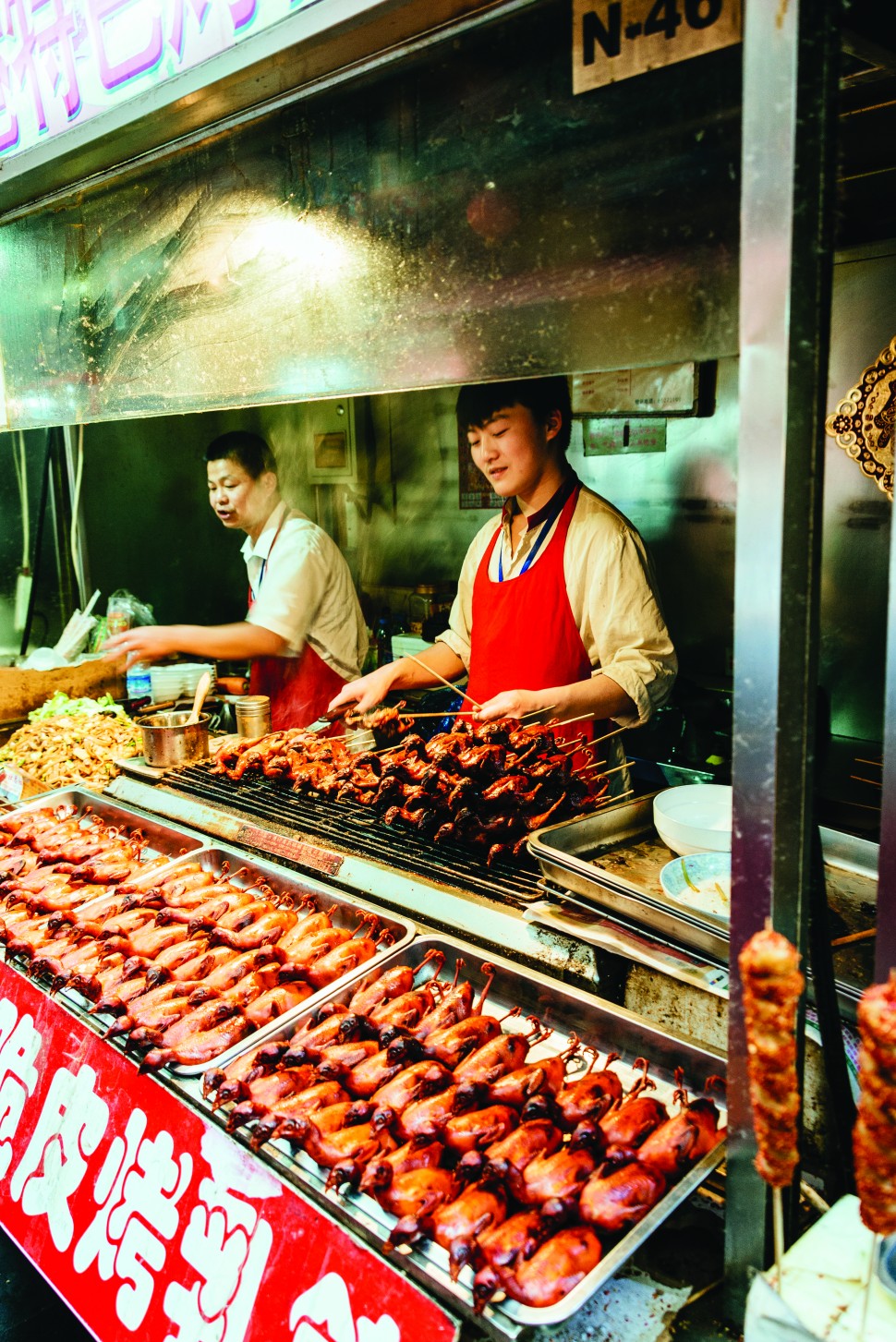
Hop on a bike and hit the streets. Beijing’s little streets that is, the hutongs, those haphazard alleys and lanes (and sometimes passageways) lined with one- and two-storey shophouses and courtyard homes. This is where the metropolis – so often daunting, even overwhelming – becomes village-like, on a human-scale.
At the heart of Beijing, the Forbidden City is colossal, and must have seemed even more so when it was encircled by some 6,000 of these low-rise hutongs. But that was decades ago. You can take a nought off that number today, because many neighbourhoods have been flattened since the 1980s to make way for the 21st-century capital’s shopping malls and high-rises.
Nevertheless, those hutongs that remain offer an enticing taste of both the past and the future of this great city.
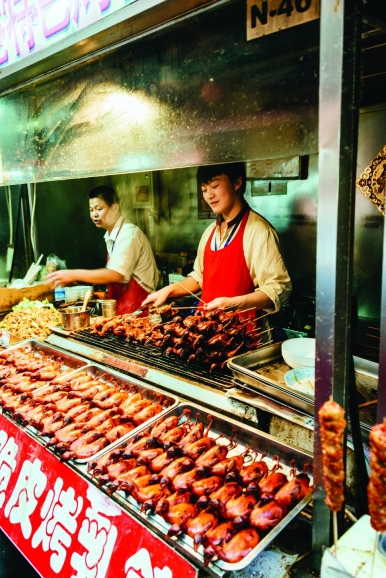
A Taste For The New
Beijing grew on the appetites of its traders and workers. Many of them arrived after epic journeys by horse along the Silk Road, on foot from remote villages, or weary after days on hard-sleeper trains. And the food that welcomed them to their new lives in this city is still made on the hutongs. Today’s hole-in-the-wall bakers and dumpling makers rub shoulders with burger joints and artisan coffeeshops, but you can find street hawkers there too. People who do things the old-fashioned way: they park their bicycle or cart and sell roasted sweet potato, steaming Xinjiang nut cake or tanghulu.
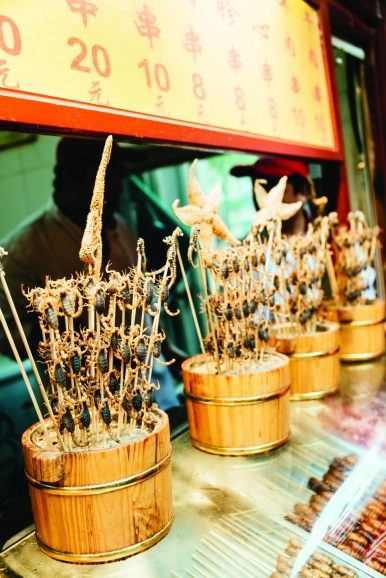
Tanghulu – the traditional confection of candied hawthorn fruit on a stick – is symbolic of the change in the capital’s street food scene. Nowadays, alongside the original hawthorn berry, vendors are sugar-coating cubed pineapple, strawberry and bright-green kiwi, even cherry tomatoes. Street food is adapting to a population that demands novel ways to have its taste buds titillated.
Not that there isn’t an array of offbeat snacks on offer to keep the adventurous amused – and social media feeds well-fed. Head into Wangfujing Snack Street and amongst the bowls of mussels, noodles and boiled offal, you’ll find skewers of scorpion, starfish and seahorse to nibble on.
But I would probably leave the scorpion till after a juicy kebab, because even if you don’t fancy chewing on the critter, the tail might come in handy as a toothpick.
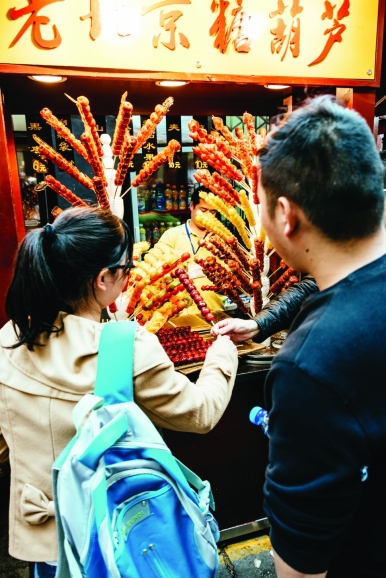
Flavours From Afar
Let’s be certain about one thing: scorpion and starfish aren’t proper Beijing street food. But grilled kebabs (skewered slivers of lamb or chicken) certainly are. Here they’re known as chuan’r, and tend to go down very well with iced drinks on a sultry summer night.
These moreish meaty morsels were introduced to Beijing by Uyghurs, Hui people and other central Asian Muslims. Head over to Huguosi Street or the district around Niujie Mosque you’ll discover street kiosks and old-style stores making cakes and breads, chaogeda dumplings and baodu quick-cooked tripe. The kinds of recipes that find their roots in Xinjiang province perhaps – or that were invented here in Beijing in Muslim kitchens.
Not all the capital’s street food treats have travelled such distances though. My go-to fix jianbing is a stuffed pancake which originated ‘down the road’ in Tianjin, the one-time treaty port some 120 kilometres southeast and which can be reached in just 30 minutes by the new intercity railway service. This northeast Chinese ‘wrap’ is satisfying, flavourful and always cooked to order. On a scalding hotplate, crepe batter is smoothed out, then topped with tianmianjiang sauce (spicy if you like), fresh egg, scallion and coriander, and finished with baocui crispbread for crunch.
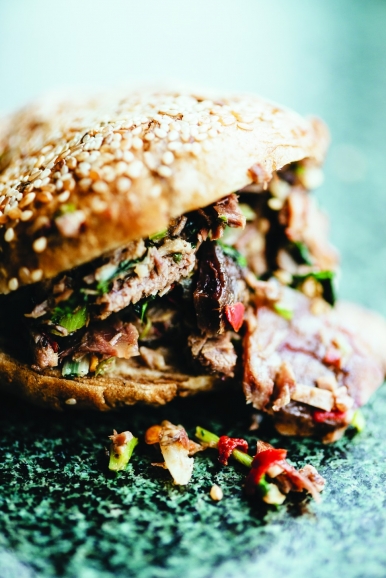
Look out also for offerings like donkey ‘burger’ (lürou huoshao). For the sweet-toothed, lüdagun is a red bean and glutinous rice cake dusted in soybean flour. Or there’s a twisted, crunchy sweet pastry with a name that describes its appearance: cuimahua or ‘crispy horse tail’. You’ll find them next to other classic sweet snacks such as fried tangerduo (sugar ears) or gummy aiwowo (Ai’s love).
Little Eats
For those who may be a little shy of sticking their big toe in the city’s street food scene, restaurants such as the Grand Hyatt’s Made in China offer an eye-opening introduction to very best of Beijing bites, or xiaochi (little eats) as they’re called. This is where everything from quick-and-easy noodles to long-roasted Beijing duck is on offer in an unhurried, and distinctly chic, environment.
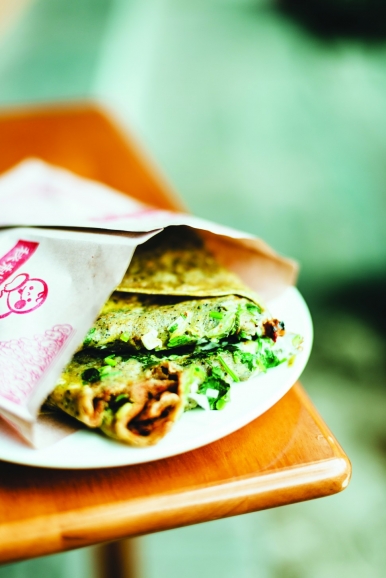
The next step would be to visit one of those traditional-style institutions that locals depend on when they want to roll themselves up in the comfort blanket of old-school cooking. Top of my list: Yaoji Chaogan, a bustling eatery serving spot-on time-honoured local fare. Conveniently, it’s adjacent to the Drum Tower, and just a trot along from on-trend Nanluoguxiang.
Nanluoguxiang is the kind of reinvented hutong that locals and visitors love to stroll along. It’s somewhere between London’s Covent Garden and Sydney’s Paddington, and amid its melange of design-led boutiques and craft stores, street hawkers and hole-in-the-wall take-outs offer all varieties of trade and new-age, local and fusion fare.
For perhaps an altogether more authentic experience, try hitting one of the city’s fresh and cooked food markets. I’m particularly fond of Sihuan Market, with its row of street food kiosks that only a few out-of-towners seem to know about. There’s a noteworthy little stall selling freshly roasted whole duck (for not much more than a cup of coffee), but the other booths are tempting too. It’s the kind of market that makes a great morning excursion—and where you can pick up a picnic lunch to enjoy at a park alongside nearby Houhai Lake. Sadly, there’s news that this market may be redeveloped.
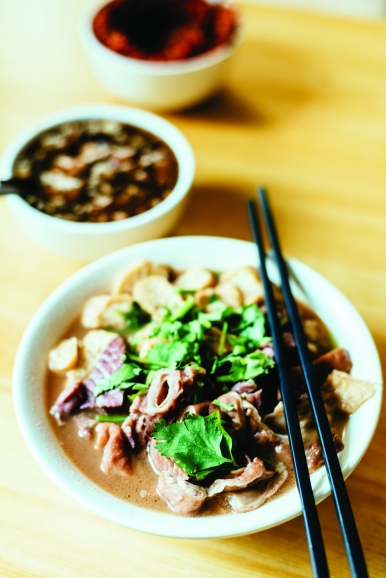
In Sunshine And Snow
Duan Yu, executive chef of Bo Jing Xuan, a restaurant favoured by Beijing’s gastronomic elite, spends the morning showing me the best of the city’s food halls, Sanyuanli Market. “I must cook zhajiang mian for you,” he tells me as he pays for a bag of freshly pulled noodles. “It’s classic Beijing-style street food.” And it perfectly sums up the local cuisine: wheat noodles topped with julienne-sliced raw veggies and ground meat in a smoky–salty fermented yellow soybean sauce.
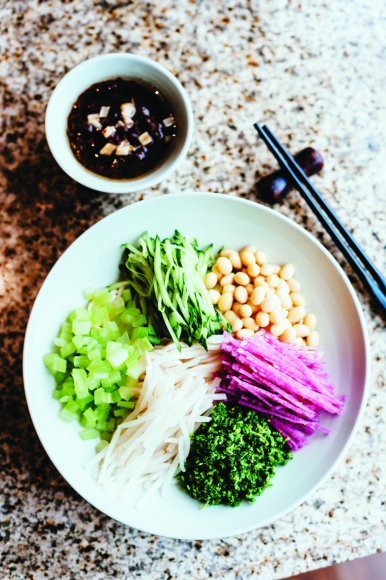
Despite the fact that we end up in his professional restaurant kitchen, there’s no other way for Chef Duan to cook this yummy, umami-rich recipe than the way it is made in kiosks and cafés across the city: fast and fresh. It’s the timing of the cooking of the noodles and the sauce – along with a little ‘breath of the wok’ tinge – that makes this so special.
Even in the depth of winter, on Qianhai Lake, January’s deep freeze cannot push street food indoors. Locals head onto the ice to skid around on sleds that can be hired for just a few kwai. In the middle of the lake, hawkers set up stalls, where they fire up gas burners to flash-fry noodles and boil soups. It all looks a little precarious but there have been no reports of any sunken food carts yet.
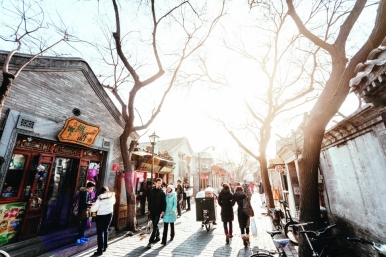
Whether you decide to explore the city on foot, by pedal power, or even on a sled, Beijing is a city that rewards the curious and the adventurous, offering opportunities to meet with easy-going if straight-talking locals, and to taste some simply delicious street food.
